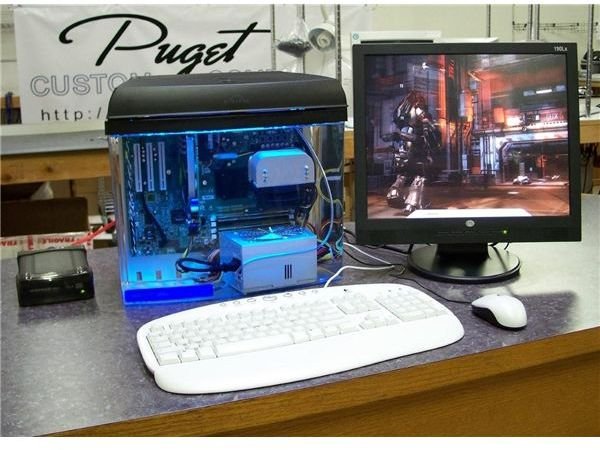Passive Cooling System: Computer with No Cooling Fans - Hacked Gadgets Explained
What is Passive Cooling?
Passive cooling is a relative term that many people, especially in the technology department, have given to any device that requires active cooling, something like a heat sink or a cooling fan with a ventilation system. This article will specifically focus on personal computers or PCs, but there are such things as passive cooling systems for graphic cards, etc. The want of a computer that is silent is nothing new. In fact, computers with no cooling fans, hacked gadgets, are easy to create or it is easy to find someone that can help create the passive cooling system for almost any computer.
Some passive cooling techniques include, but not limited to, using thermal conductive liquids such as cooking oil or motor oil to submerge certain parts, such as the CPU. Although many techniques and common sense would dictate that submerging any electronic device, usually an expensive one, is not a smart idea, but science has led to many non-conventional ways of handling the PC.
The Costs and Benefits of Passive Cooling
The benefits of having a passive cooling device is a quieter workplace; however, the costs associated with having a passive cooling system is still rather high. For one, creating a passive cooling system can require materials that may have to be purchased. Additionally, the warranty, if any, will become void upon tampering. Thirdly, there is no guarantee that the device will maintain the temperature as effectively as it would if the fans were still in place.
According to Puget Custom Computers, passive cooling PC projects are not for everyone and success cannot always be counted upon. Without any prior knowledge of the parts involved, one must not attempt to embark on creating a computer with no cooling fans. Hacked gadgets are nice to have and show off one’s ability to tamper with technology, but the costs and efforts are depended upon personal choice.
Mineral Oil Submerged Computer
Computer with No Cooling Fans - Hacked Gadgets
Here is a brief list of projects that have successfully installed a passive cooling system for their PC. Depending on the technique used, some projects include submersion. This technique uses oils or other thermal conductive liquids in order to cool the CPU and other parts from overheating; however, additional parts such as a bigger case or a fish tank may be required.
Another technique includes slightly more complex methods such as a combination of oils and water or water alone to cool the PC. Water is cheap, but deadly to open wires and can lead to electrocution if not properly handled. Finally, there are additional passive cooling systems out there on the internet, but be cautious when parts are limited or very expensive to replace.
Overall, when working with computer parts, always include spare parts, do additional research on the specific desktop, have spare money available in case of a mishap, and try to have a backup computer just in case. Passive cooling for computers with no fans can leave one without the annoyance of the fan’s noise, but it can also provide less time on the computer and extra expenses such as additional material.
